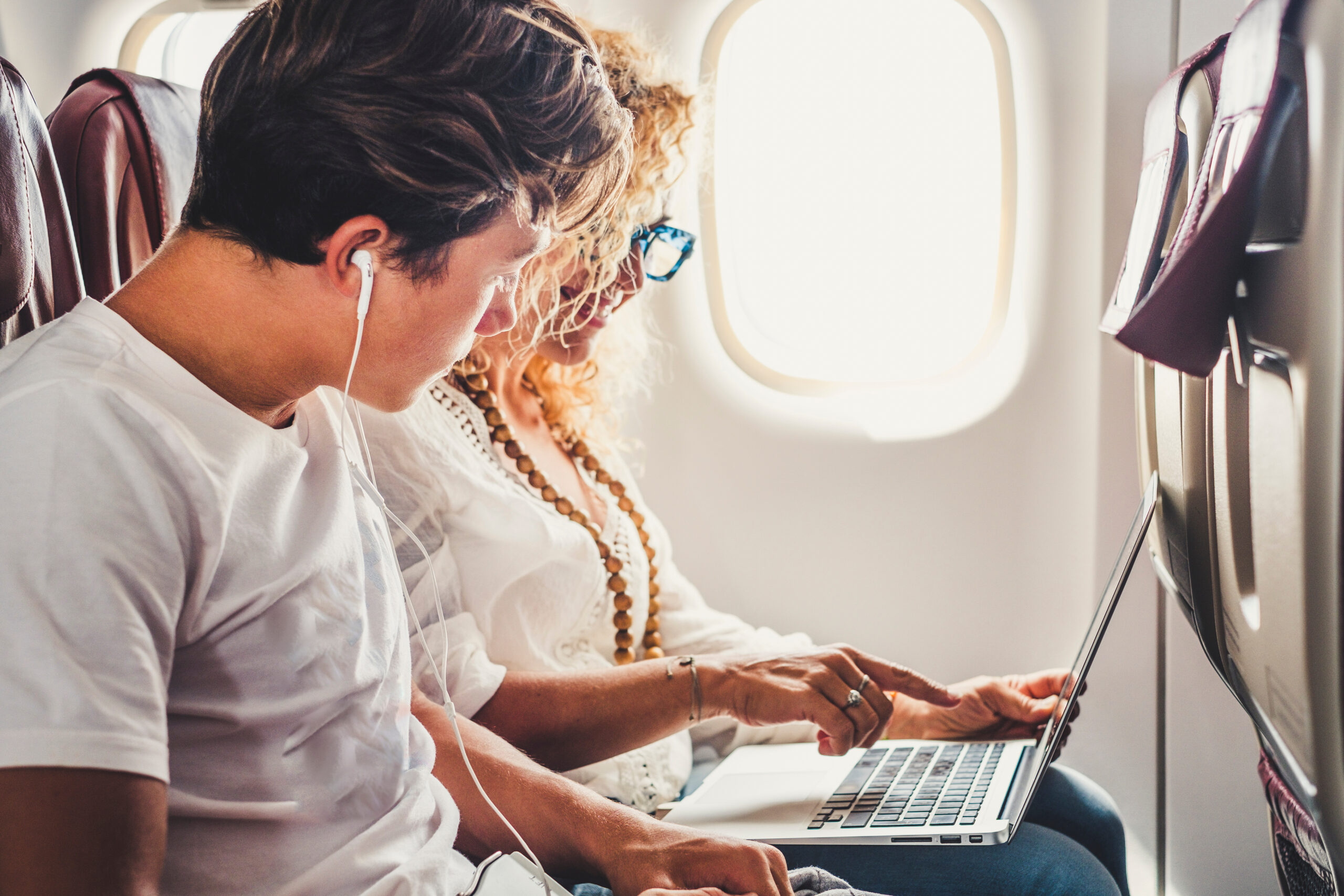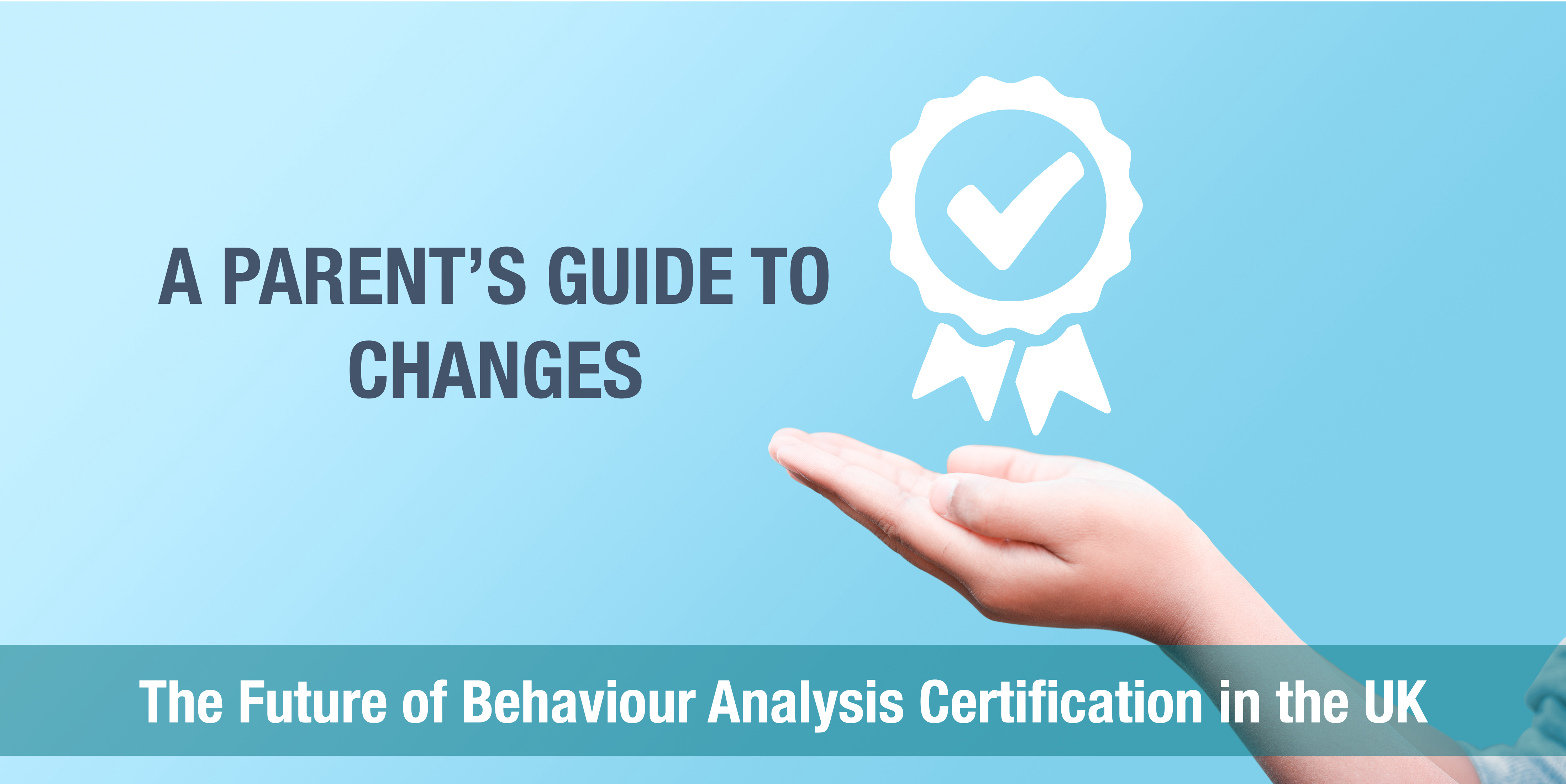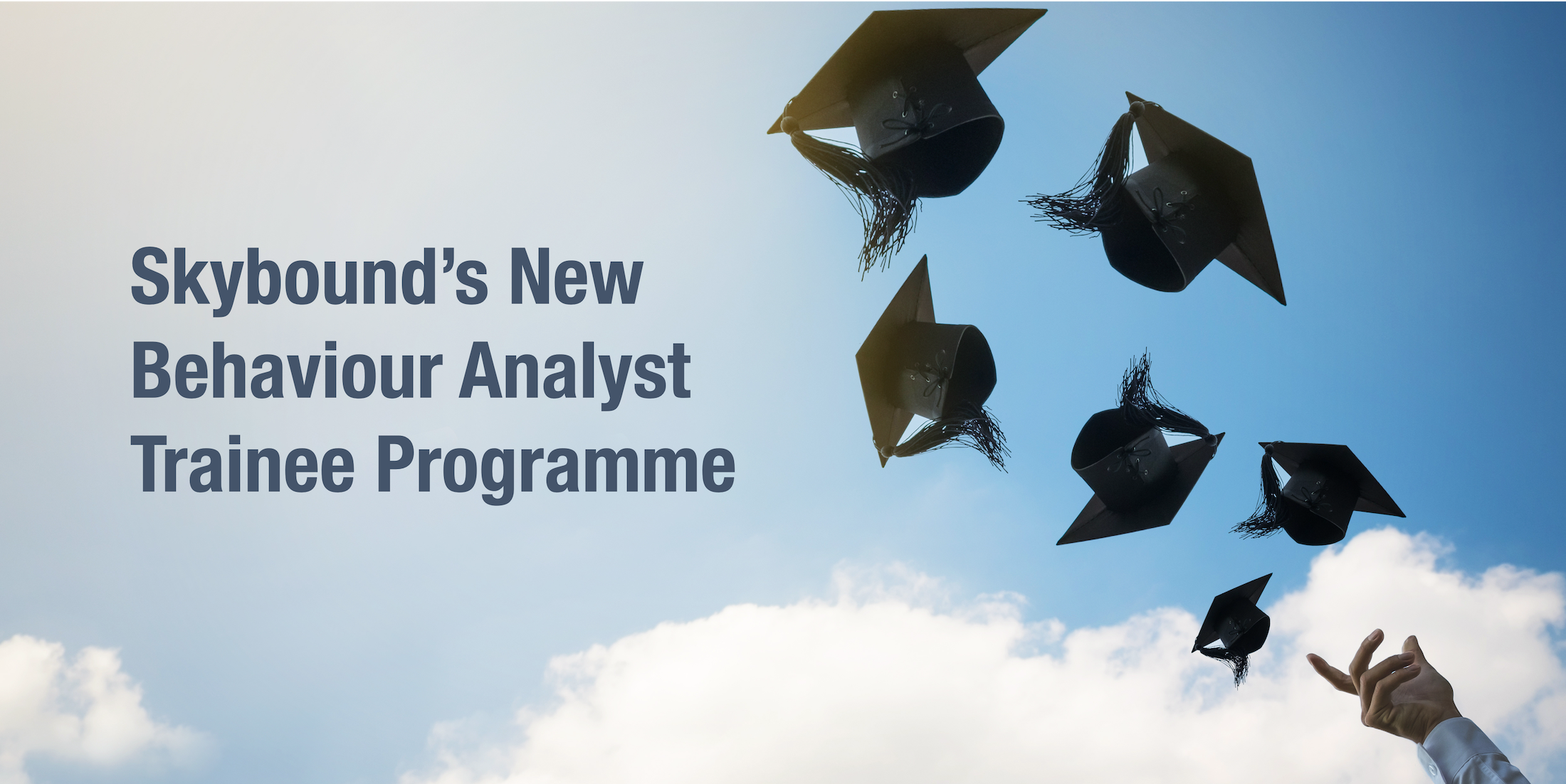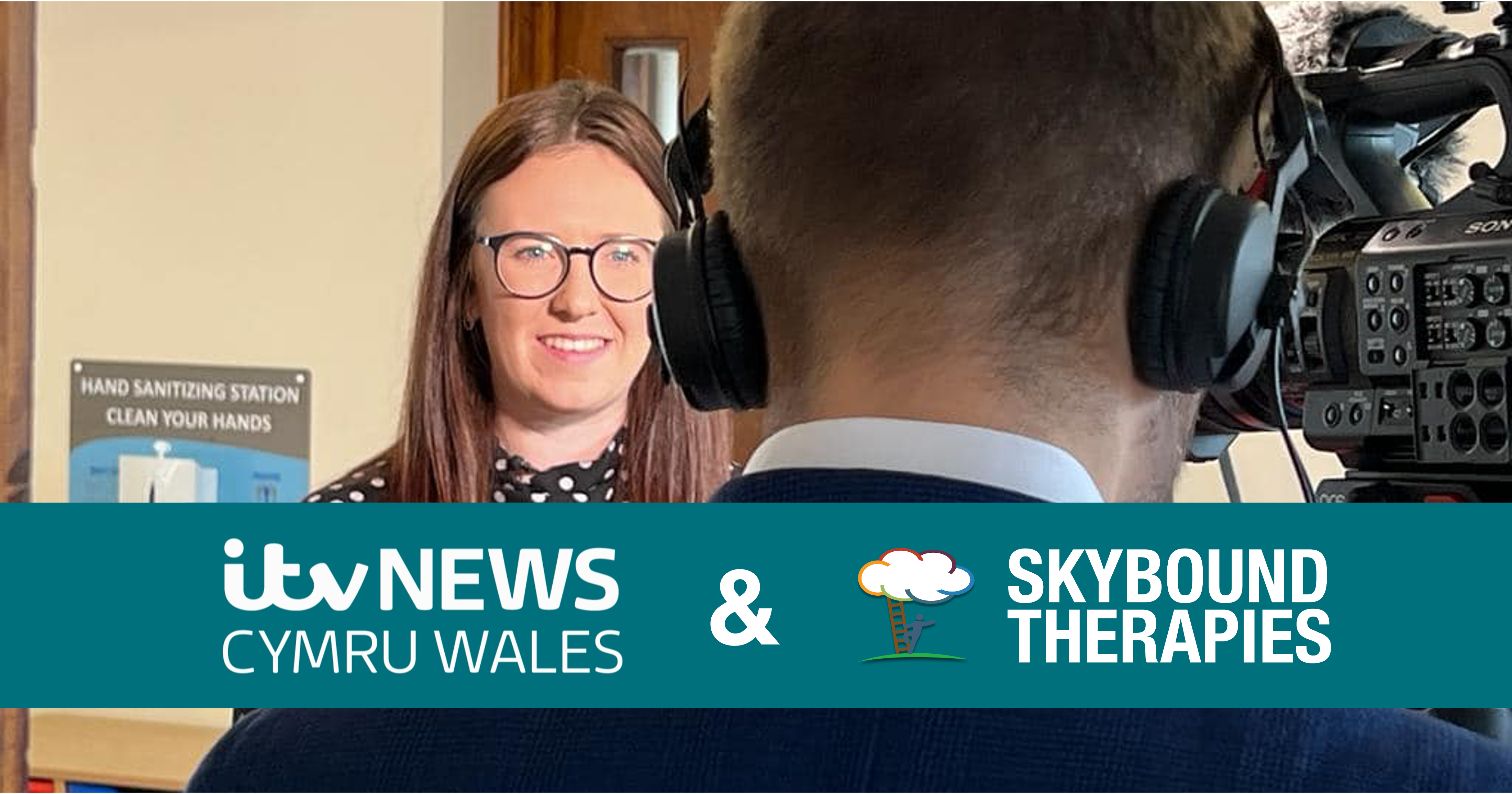I know that it can be worrying when thinking about flying with autism, so I’ve dusted off and pulled together all the hints and tips I’ve learned over the years to make flying with autism as successful as possible. I’ve flown with Dan 12 times now, to both long and short-haul destinations, and on family holidays with little ones to manage at the same time. Dan used to display severe challenging behaviour all the time until we started ABA at age 7. He can still be challenging at times.
Here is what we try to organise/plan to make the journeys successful:
- Book with an airline that has a good special assistance department. We personally have used Virgin and TUI, and both have been outstanding. We have also flown with Ryanair and EasyJet for short-haul flights and have not had any issues with them either.
- Notify the airline as soon as possible about the special assistance you would be grateful to receive. We ask for wheelchair assistance in the airport. This helps tremendously getting through queues at the airport, especially in the US where there are dedicated wheelchair/disabled lanes for customs, security etc. We also use it as we find Dan is a lot calmer when he can sit down. He will wait standing up, we don’t use a wheelchair at home or in the community but add in thousands of people at a busy airport, loud announcements, people rushing places, carts driving by, sniffer dogs, police with guns walking around, us carrying lots of luggage etc etc, we just find it is best to ease his stress a little and have him sitting for as much of it as possible.
- Choose your seating carefully. Several airlines offer the facility to purchase extra comfort seating. This extra space was well worth the extra cost as our flights were full, with no spare seats visible. It meant we could have three rows instead of two for our party, enabling us to sit Dan in the middle row, so we didn’t need to worry too much about if he banged into the seat in front or rocked a little. Back row seats are also a good option to minimise any possible disruption to people. Whoever you choose to fly with, take a good look at the aircraft seating map and layout first. Their special assistance team can also help you with understanding the aircraft layout and selecting seating.
- Plan the trip to the airport carefully. We often travel up the night before, then book meet and greet parking the next day so as we don’t have to drop the car off and then catch a bus with all our luggage. We also take advantage of twilight check-ins, so we’re able to ensure we have the right seats and get rid of our luggage the night before.
- Take plenty to keep the person occupied. We try to get some new DVDs, load new apps on the iPad, buy a few new fiddle toys etc. We also try not to let Dan have his iPad or DVD player for as long as possible before the flight, so as he is really pleased to see them when he does get on the flight.
- Talk to the cabin crew. We have had some excellent cabin crew and they have usually been briefed before the flight that Dan has autism. We have had a number of cabin crew supervisors come and introduce themselves and check what we need. One cabin crew supervisor checked that Dan was fine with the different lighting that would be used during the flight and with the window blinds being lowered. Amazing service!
- Talk to fellow passengers. We always explain to the cabin crew and the people sitting closest to us that Dan has autism and can have some different mannerisms and sometimes make some strange noises, but that we will try and keep him as quiet as possible and will try not to disrupt anyone’s flight as far as possible, and that we are very sorry if we do disrupt their flight in anyway. We have only ever had very good responses, with people saying thank you for explaining and to not worry about them. We have also implemented a ‘quiet’ program at home with Dan so as he knows when to be quiet and this has really helped!
- Plan your exit from the aircraft when you land! If you need to get off as soon as possible then it is best to book seats near the front. Although we have always explained the situation to the cabin crew supervisor and they have managed to arrange for Dan and one other member of our group to be escorted to the front before the seatbelt signs are turned off, enabling Dan to get off first. The reason we do this is because the first time we flew long haul, they asked us to wait until last to get off because we had booked special assistance, but Dan can get travel sick and got particularly bad on landing, if we get him off first, he is not as ill but if he stays sitting on the plane then he tends to end up being sick.
- Plan your meals on the plane. The dietary options are quite good on flights now. We also usually take plenty of Dan’s favourite snacks on board with us.
- Keep the person entertained and make sure you give the person plenty of attention. This may sound obvious, but sometimes you can get engrossed in a film yourself! I take some activities/games we can do together with me to break up the time.
- Think about security at the airport and practise at home if you need to! Dan once had to be patted down at an airport in the US a few years ago. It was the first time this had happened. The security officer told me I had to stand at least 1 metre away as I had been security checked. He then put his gloves on to pat Dan down, Dan was petrified and started to run away. Security officers then started shouting ‘Code Red’ which scared him even further. He only ran a few paces away and I ran after him and grabbed him, and he came back with me luckily. I explained to them the issues and that he was just scared. They then just had me put Dan back through the walk-through scanner and all was fine.
This is how we have managed security ever since:
- Explain to security officer that even though Dan is sitting in the wheelchair, he can walk, and we would like him to walk through scanner.
- Either myself or my husband go through scanner first and get the all-clear. The other person waits with Dan.
- We then send Dan through. We always ensure he has no metal on him to minimise the chances of him setting the scanner off. However, we were told by security staff that there are random ones. Dan ended up setting a random one off a few flights ago, which meant he had to be patted down. I explained what had happened previously and so they allowed me to stand right next to him and to touch him to reassure him. We have also been told that they can take the person and carer to a private room if that would make things easier. Since the code red incident though, we have practised at home a lot too and provided reinforcement for cooperation.
We’ve had many fantastic holidays with a bit of forward planning! There are lots of tips I can also tell you for when you are there, but this blog has been a lot longer than I meant it to be already!
If anyone needs any help or advice on how to prepare, or the programmes they can implement beforehand, please don’t hesitate to ask. I am grateful for having Dan in our lives as we get to experience what the families’ we work with may experience and ensure that we are programming to help as much as possible.





